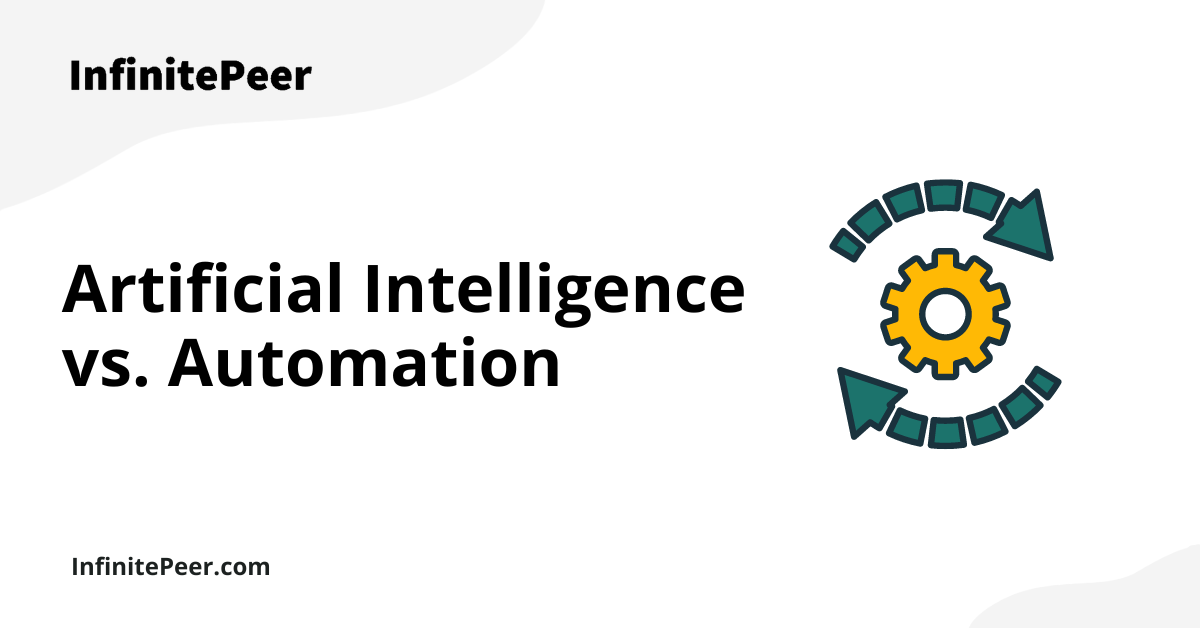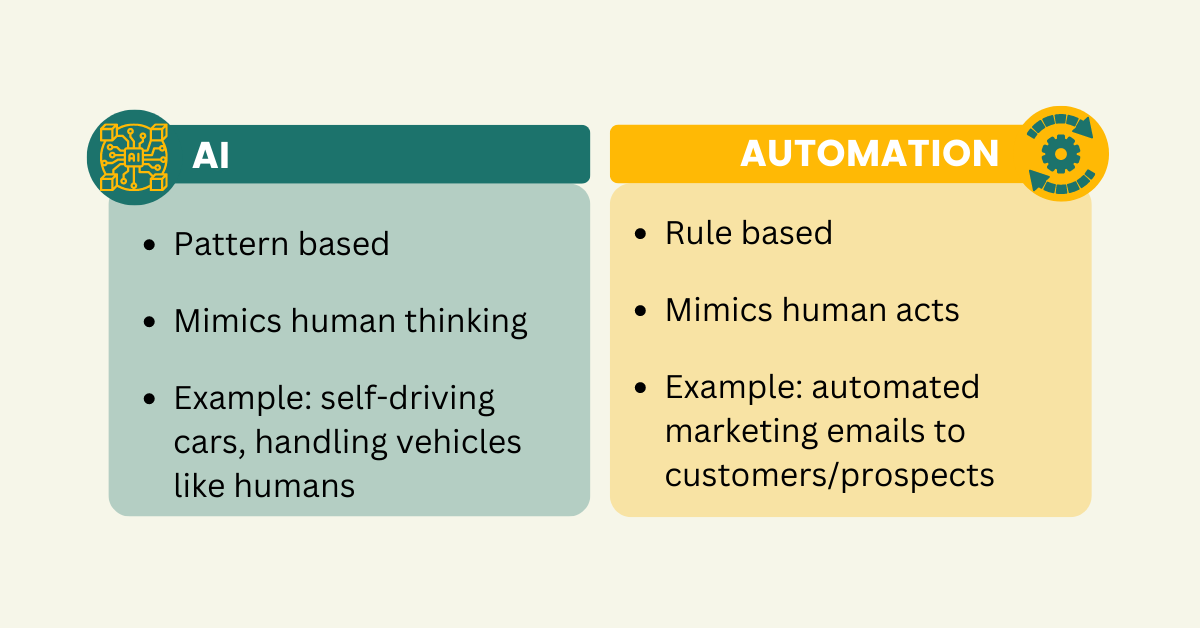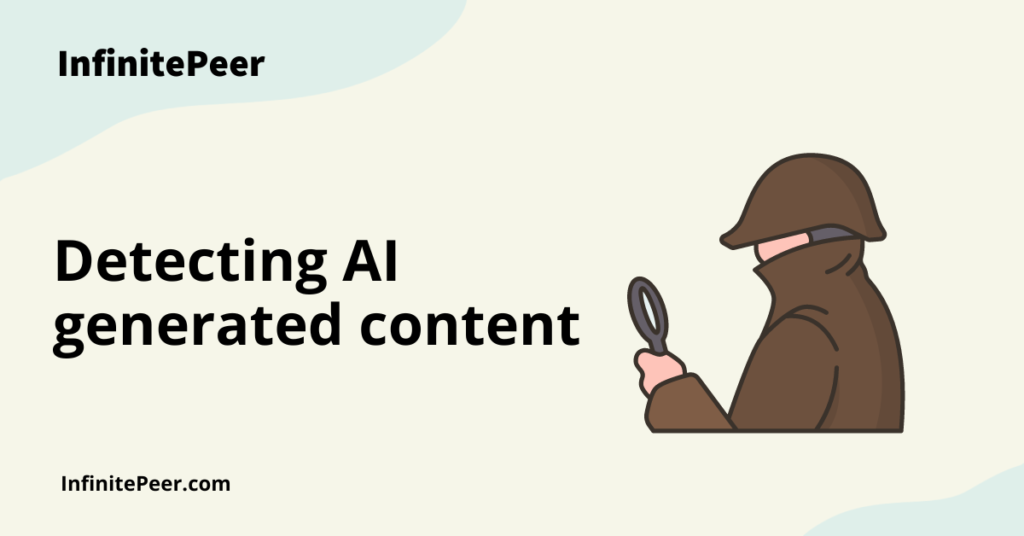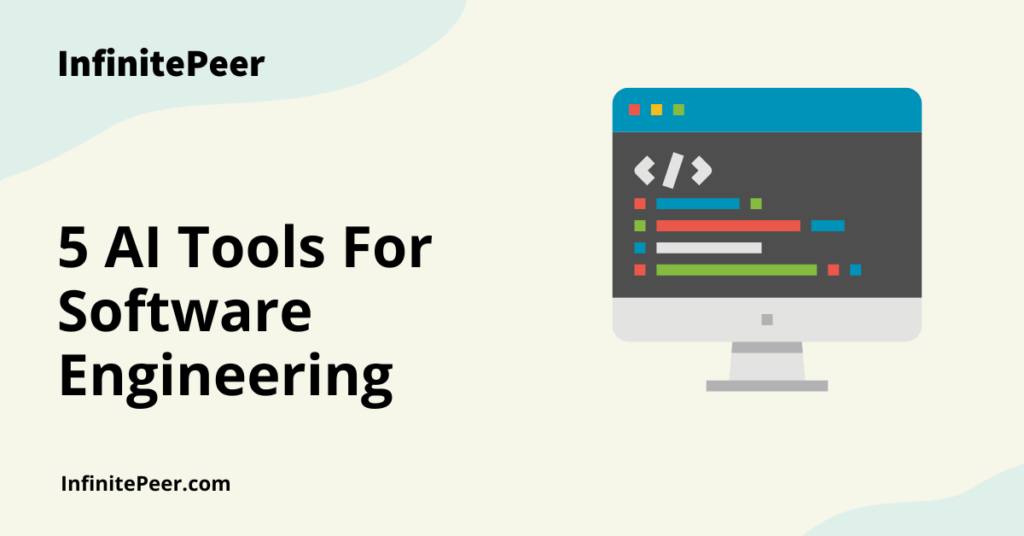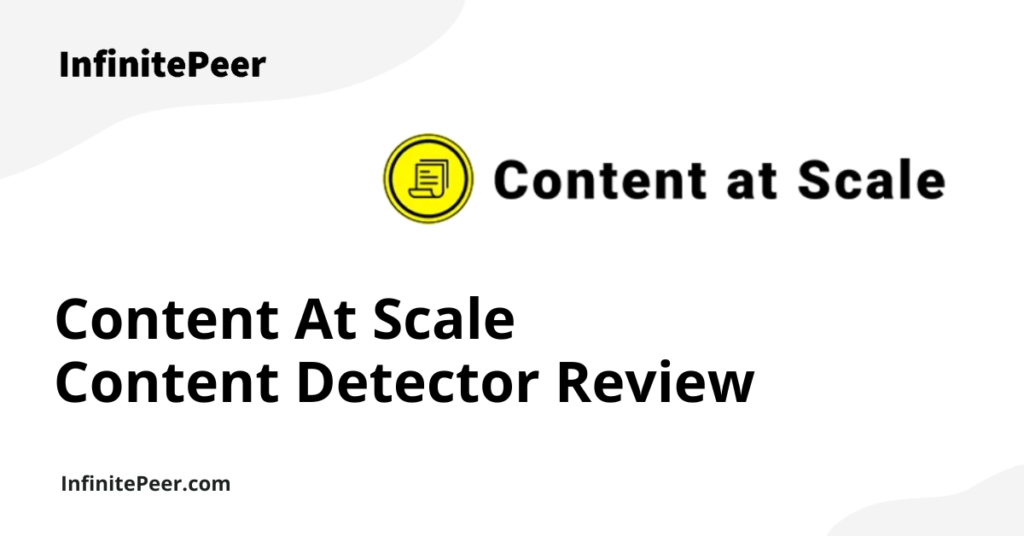Artificial Intelligence, Automation, Machine Learning. A lot of words that often used interchangeably by many people, yet are very different.
We tend to associate them with efficiency or effectiveness. Although that is true to an extent, there are deeper layers than that.
If they haven’t already, these words are going to become more common in the average person’s vocabulary, as AI-related technologies become mainstream and intertwined with our day-to-day lives.
So what is artificial intelligence? How is AI different than automation? What about AI and machine learning?
The goal of this post is to distill these concepts into easy-to-understand topics.
Throughout this post, the terms technology, computers, and software are used interchangeably.
Definitions
Let’s start by defining each concept: first per the Oxford Dictionary and then in simple terms.
Automation: The use of largely automatic equipment in a system of manufacturing or other production process.
Automation: Technology that follows a set of pre-programmed rules to reduce the need for human intervention.
Artificial Intelligence: The theory and development of computer systems able to perform tasks that normally require human intelligence, such as visual perception, speech recognition, decision-making, and translation between languages.
Artificial Intelligence: Software that is designed to simulate human intelligence.
Machine Learning: The use and development of computer systems that are able to learn and adapt without following explicit instructions, by using algorithms and statistical models to analyze and draw inferences from patterns in data.
Machine Learning: Technology that becomes smarter as it consumes data.
Does this still all sound confusing? Well, that’s because the three terms are quite similar. To make it clearer, we’ll highlight specific nuances.
What is automation?
Let’s start with automation as it’s the easiest to understand and the most pervasive in our daily lives.
An easy-to-understand example of automation is in the use of software applications. Do you know how software can complete tasks automatically without human intervention? Automatic. Automation. Sound familiar?
Think about CRM software that has email capabilities. If a customer has shown interest in your product by clicking on a link or moving it to their cart but hasn’t yet purchased it, your CRM software can automatically email the potential customer 3 days later, if the purchase hasn’t yet been made. This requires 0 human intervention, your software automatically sends an email, based on certain criteria.
This is where the distinction comes in – the software doesn’t do any ‘thinking’. You need to tell your system, send an email if, 3 days have passed and the customer hasn’t purchased. Once those criteria are hit, your system sends the email no matter what, no thinking needed!
In these situations, automation does not need artificial intelligence or machine learning. It is us, humans, programming the logic into the application and providing it with the data it needs. We are giving the software A, B, and C and telling it if X happens, do Y.
Automation has benefited us tremendously by helping us complete, mundane, repetitive tasks. The downside to automation is that it requires humans to program the instructions. Without the instructions, the machine can’t do it.
At first, automation was complicated to program, reserved for the most sophisticated software engineers. When Microsoft introduced macros in Excel with the launch of VBA in 1993, automation became more accessible and user-friendly. With the “macro recorder”, anyone can record their screen while completing a repetitive task and then automate that task in all future instances.
Automation is now everywhere and pre-programmed in nearly all software applications. It is so pervasive that it is hard to imagine a time when we operated software without automation. The next phase of this development is automation which uses artificial intelligence.
Now let’s take it a step further and discuss artificial intelligence.
What is artificial intelligence?
We just described automation and how it needs humans to pre-program the rules and feed it data to perform. One of the biggest differences between automation and AI is the complexity of the systems. AI is a much more complex system, blending both science and engineering.
Now imagine if the software understands the data, manipulates it, and makes conclusions, without any intervention. This is the goal of artificial intelligence. AI is a fairly broad term that covers all technology that looks to mimic human intelligence.
Have you ever seen Google Photos or iCloud Photos automatically categorize your pictures? Have you ever opened the photos app and seen an album named Chickers and asked yourself how did they select all pictures of my pet cat in the album? These apps have been programmed with an AI algorithm to scan, categorize, curate, and compile your pictures. Rest assured, there’s no Google or Apple employee manually checking each photo!
These AI algorithms take a broad set of rules outlined by people, but then determine their own paths to success. Over time, as the software consumes more data, it becomes better, by learning what works and what doesn’t.
The facial recognition built into the photo applications is just one form of AI.
Another common form of AI is natural language processing or NLP. Have you ever wondered when writing an email in Gmail or Outlook how they predict what you’re going to write next? As you’re writing, the next part of your sentence appears in a lighter text. Almost as if it’s 5 steps ahead of you. Your email program is mimicking your behavior!
Right now, the more mainstream AI technologies are still being used in an assistive fashion. They are working alongside humans to provide recommendations. Humans are then deciding whether we should trust them or not.
What is machine learning?
Machine Learning (ML), is a key component of AI. AI/ML are often used interchangeably, but they are different. You can think about ML as a subset of AI. Not it’s baby brother, but rather its legs. Without machine learning, deep learning, and neural networks (topics for another day!), there would be no artificial intelligence.
Machine learning analyzes data and identifies patterns in the data so that it can learn and improve its performance over time. It does all this without being explicitly programmed.
Many of today’s advancements in AI are a result of machine learning models. Google Search, Netflix, and Youtube are all common applications that employ machine learning models to recommend search results or videos to their users.
Ever wonder why Netflix recommends different movies when logged in to one user’s account versus another’s? Let’s dive into the example of Netflix’s recommendation engine and how it uses machine learning to power its recommendations.
Netflix’s software engineers have developed machine learning models that analyze the habits of its millions of users and collect millions of data points about which shows and movies you watched, how long you watched them, how you rated them, and what time of day you watched them.
Collecting the data is the first step. The second step is developing the algorithm. The third step is to pump the algorithm with data and allow it to learn the patterns. The fourth step is to make predictions, which is what you end up seeing on your Netflix home page. Finally, data is continually fed and the predictions are continuously updated.
Imagine if humans had to look at all this data. Sally watched X. Jessica watched X and Y. Oh maybe Sally would also like Y. Now multiply this by billions of data points. It would be impossible. With machine learning, the sky’s the limit.
Conclusion
It is quite incredible how these technologies can complete tasks and mimic human behavior, especially at the scale and speed companies are now using. AI algorithms will soon be powering the most sophisticated software.
The major benefit of AI and ML is that we are reaching the point where technology is solving problems that we did not think were possible to solve in the past. The possibilities truly are endless when it comes to using these technologies!
